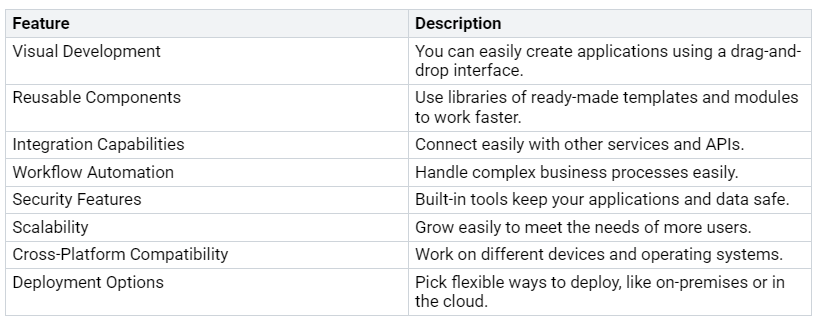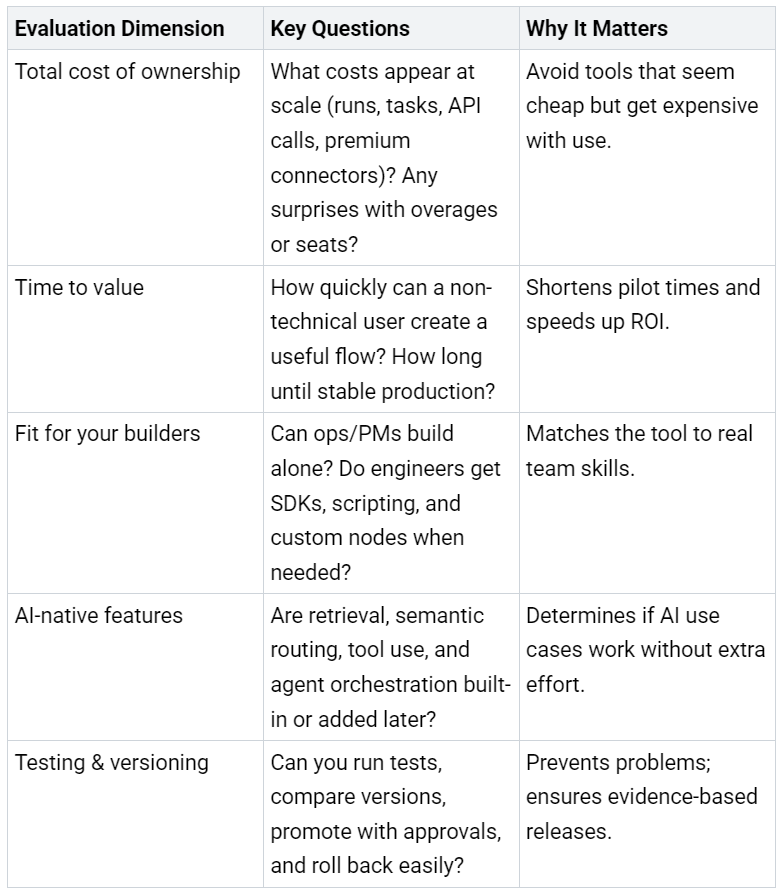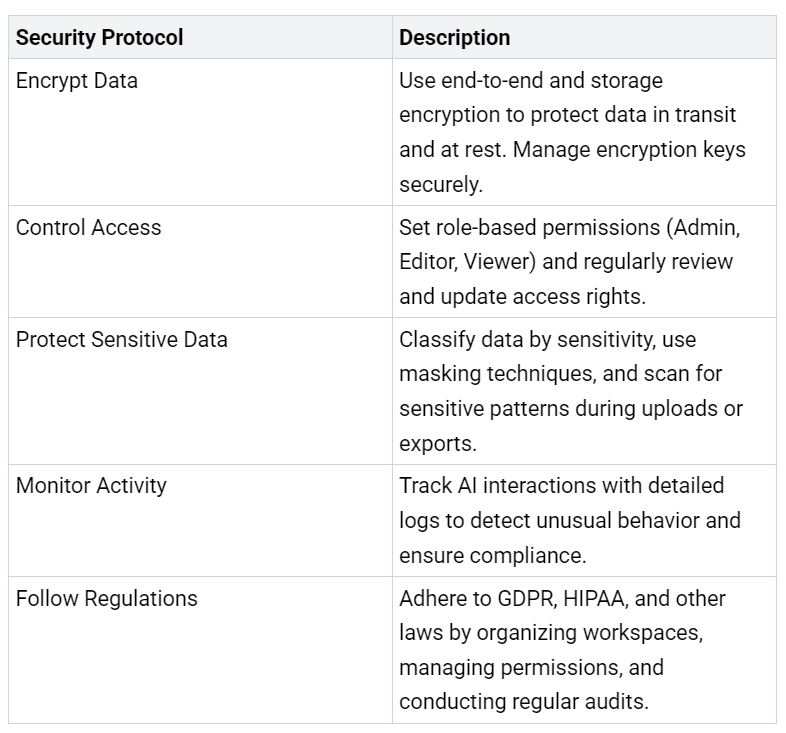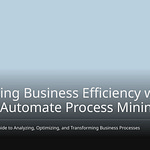The growth of AI and low-code automation is driving the Intelligent Workflow Revolution, fundamentally changing how businesses operate. It is noteworthy that 88% of companies are engaging in low-code projects, highlighting a significant transformation in workflow design. In this new era, speed and efficiency have become paramount. Recent studies indicate that 75% of individuals believe low-code is essential for fostering innovation. By leveraging these technologies, organizations can enhance productivity and streamline operations.
Key Takeaways
AI helps make decisions better. It gives clear insights and speeds up tasks. This saves money and improves predictions.
Low-code automation makes it easy to create workflows. Non-technical users can quickly build apps. This increases productivity and cuts down development time.
To use intelligent workflows, you need to check current processes. You should involve stakeholders and ensure data security and governance.
Intelligent workflows make businesses more efficient and flexible. They help cut costs, raise revenue, and improve employee happiness.
Keeping up with trends like hyperautomation and low-code platforms gets your business ready for future challenges and chances.
AI Benefits in Intelligent Workflows
Enhanced Decision-Making
AI helps you make better decisions. It uses data to give you useful insights. Here are some important benefits:
Improved Accuracy: AI looks at a lot of data. It finds patterns that people might miss. This helps predict market trends and customer actions better.
Faster Decisions: Companies using AI make decisions 50-70% faster. This quickness helps you react to changes in the market.
Cost Savings: AI can cut costs by 15-30%. Better decisions mean fewer surprises, leading to 60% less unexpected issues.
By 2025, 90% of people creating analytics content will use AI. This shows how important data is for your decisions. AI gives clear insights instead of just guessing.
Fields like healthcare and finance have seen big improvements with AI. For example:
Healthcare: AI in medical tests has become more accurate. Systems like Google Health find breast cancer better than human doctors.
Finance: AI systems for spotting fraud can save up to $5 million each year from a $1 million investment.
Increased Efficiency
AI also makes your workflows more efficient. Here’s how:
Labor Productivity: AI can increase productivity almost five times. This means you can do more work in less time.
Return on Investment: Companies see returns of 30% to 200% in the first year after using AI. This quick return shows how well AI works.
Employee Satisfaction: 89% of full-time workers feel happier when AI takes care of boring tasks. This lets you focus on more interesting work.
Real-life examples show how AI helps efficiency:
Companies like Amazon and Pfizer use AI to improve their work. Amazon’s algorithms suggest products to customers, increasing sales and loyalty. Pfizer used AI to speed up vaccine research, cutting down the time needed to get them ready.
Low-Code Automation in Business
Low-code automation changes how you make workflows in your business. It makes the process easier. You can build applications without needing a lot of coding skills. This saves time and resources. You can then focus on what is most important.
Simplifying Workflow Creation
Low-code platforms have many features that help you create workflows. Here’s a quick overview:
These features help you create workflows much faster than before. Organizations using low-code automation tools see up to a 90% drop in development time. Projects that used to take 6-8 months can now be done in just 3-4 weeks.
Empowering Citizen Developers
Low-code platforms help non-technical users, called citizen developers. You can make custom applications and automate workflows without needing IT help. This freedom encourages new ideas in your organization. Here are some examples of how businesses gain from this:
Puma Energy: Used Kissflow’s low-code platform so non-technical staff could manage logistics and inventory, easing the load on IT.
Valantic: Let business units automate processes on their own, reducing IT backlogs.
CaratLane: Enabled operational teams to create applications for inventory management, speeding up deployment.
By giving training and resources, organizations help staff learn to use low-code tools well. This not only boosts productivity but also leads to a return on investment (ROI) of 260% over three years for businesses using low-code platforms.
Implementing Intelligent Workflows
Assessing Current Processes
To use intelligent workflows well, you need to check your current processes first. This check helps find problems and areas to improve. Here are some ways to guide your review:
Map Existing Workflows: Begin by writing down your current workflows. Use flowcharts or diagrams to show each step. This makes it easier to see where things slow down or repeat.
Engage Stakeholders: Include team members who work in these processes. Their feedback can show issues and chances for automation. Ignoring their needs can cause project failure.
Evaluate Tools and Technologies: Look at the tools you use now. Can they support automation? Think about factors like total cost, time to value, and fit for your builders. The table below lists important questions to ask during your review:
Identify Integration Challenges: Many businesses struggle to connect workflow automation tools with old systems. Knowing these challenges early can save time and resources.
Monitor and Measure: Set up metrics to check how well your workflows are doing. Regularly review these metrics to keep improving.
Governance and Security First
As you set up intelligent workflows, make governance and security a priority. These parts are key for keeping compliance and protecting sensitive data. Here are some important points:
Establish Governance Frameworks: Create a strong governance framework to manage AI technologies responsibly. This framework should cover ethical issues like bias, transparency, and accountability in AI decisions.
Implement Security Protocols: Keep your data safe by following security protocols. Here are some key practices:
Address Common Governance Challenges: Organizations often face several challenges when implementing intelligent workflows. These include:
Employees may feel threatened by automation, fearing job loss or added complexity.
Without a clear understanding of existing workflows, automation can make problems worse instead of fixing them.
The upfront costs of software and training can scare businesses, even with long-term savings.
By focusing on governance and security, you can build trust among your team and ensure that your automation efforts align with your business goals.
Traditional vs. Intelligent Workflows
Key Differences
Knowing the differences between traditional and intelligent workflows can help you make smart choices for your business. Here’s a comparison of important parts:
Intelligent workflows use real-time data to improve efficiency and adaptability. They learn from what is happening, so you can react fast to changes. On the other hand, traditional workflows can be stiff and slow, making it hard to keep up with new demands.
Advantages of Intelligent Workflows
Using intelligent workflows gives many benefits for your organization. Here are some key benefits:
Cost Reduction: Organizations can cut operational costs by 20-40%. For instance, a telecommunications company lowered customer service costs by 35% after using intelligent workflows.
Revenue Growth: Businesses can see revenue increases of 10-25%. A bank raised mortgage lending revenue by 18% after using an intelligent application workflow.
Time-to-Market: Intelligent workflows can speed up time-to-market by 30-60%. A consumer goods company reduced new product development time from 18 months to just 7 months.
Enhanced Scalability: Intelligent workflows can easily grow. They can handle more work without losing quality. This helps you meet changing demands effectively.
Also, intelligent workflows boost employee productivity by automating boring tasks. This lets your teams focus on important work, improving overall performance. With intelligent workflows, you can also ensure compliance and be ready for audits better than traditional ways.
By adopting the intelligent workflow revolution, you prepare your business for success in a fast-changing world.
The Intelligent Workflow Revolution helps you change your business using AI and low-code automation. By using these tools, you can work better, make smarter choices, and encourage new ideas.
Here are some important trends and things to think about for your journey:
As you go through this change, keep in mind that 80% of companies plan to spend more on automation by 2025. By staying updated and adjusting to new trends, you can keep your business strong and ready for what’s next. 🌟
FAQ
What is AI-powered automation?
AI-powered automation uses smart technology to improve processes. It helps you automate boring tasks, look at data, and make quick decisions. This technology makes work faster and reduces mistakes.
How can low-code platforms benefit my business?
Low-code platforms let you build apps without needing a lot of coding skills. They help you make workflows easier, save time on development, and let regular workers help with automation.
What are the key advantages of intelligent workflows?
Intelligent workflows provide better efficiency, flexibility, and cost savings. They handle everyday tasks, so your team can focus on important projects. This leads to better productivity and quicker decisions.
How do I ensure security in AI implementations?
To keep things safe, set up rules for managing AI and use strict access controls. Check activities often and follow rules for compliance. This keeps sensitive data safe and builds trust in your AI automation.
Can AI replace human jobs?
AI helps people do their jobs better instead of taking them away. It automates simple tasks, letting you work on more interesting and creative things. Using AI can create new job chances and help you learn new skills.
















